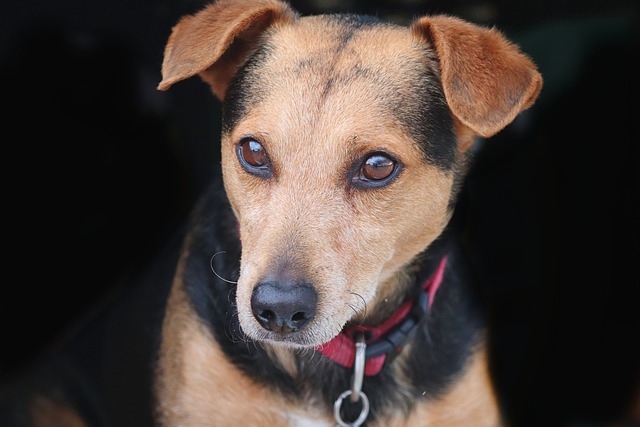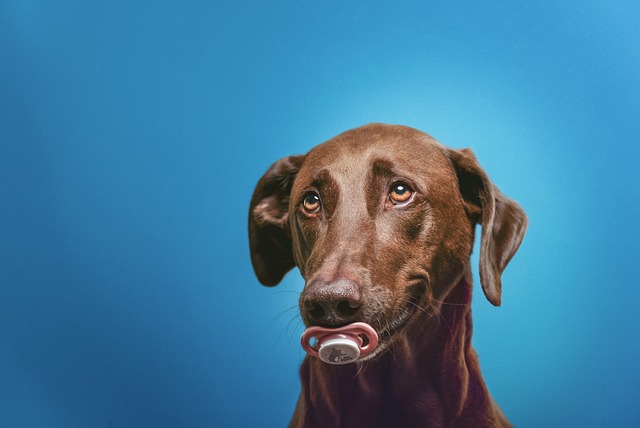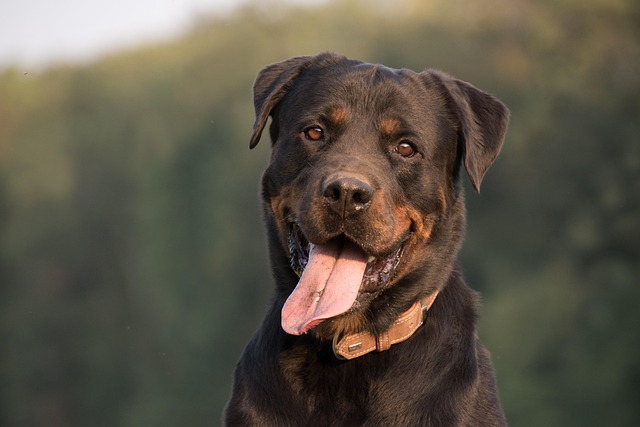
Does dog plaque powder really work
Does dog plaque powder really work? This is a question many new dog owners in Europe and the US, especially in the US, often ask.
Wrestling your pup into taking their meds can feel like a losing battle. Whether it’s a squirmy puppy or a stubborn senior, those pills always seem to end up under the couch or spat back onto the floor. But giving your dog medication doesn’t have to be a daily struggle—with the right approach, you can turn it into a positive experience for both of you.
First things first: always follow your vet’s instructions to the letter. In many regions, altering prescribed dosages or methods violates animal welfare regulations. If you’re struggling with a particular form of medication, don’t hesitate to ask for alternative options like flavored chews or liquid suspensions. Vets often have insider tips too—some even recommend hiding pills in their favorite wet food or using pill pockets designed specifically for pets.
For pill-averse pups, distraction is key. Wrap the tablet in a ball of soft cheese, peanut butter, or liverwurst—just make sure any human food is safe for dogs. If your dog has a sensitive stomach, try tucking the pill into a small piece of banana or sweet potato. Remember to praise them lavishly and offer extra cuddles after they swallow it down. Positive reinforcement goes a long way in building trust.
 Liquid medications require a different strategy. Use a dosing syringe to gently squirt the medicine along the inside of their cheek, aiming towards the back of the mouth. This reduces the chance of them spitting it out. Follow up with a treat immediately so they associate the experience with something yummy.
Liquid medications require a different strategy. Use a dosing syringe to gently squirt the medicine along the inside of their cheek, aiming towards the back of the mouth. This reduces the chance of them spitting it out. Follow up with a treat immediately so they associate the experience with something yummy.
When dealing with topical treatments like flea preventives, read the label carefully. Many products have strict application guidelines to ensure safety for both pets and humans. Keep your dog away from other animals and furniture until the product dries completely, and always wash your hands thoroughly after application.
If your dog still refuses medication despite your best efforts, consult your vet right away. There could be underlying issues like pain or anxiety causing the resistance. Some regions allow for behavior modification training in such cases, which can make future treatments much easier. Above all, stay calm—dogs pick up on our stress, and a relaxed owner makes for a more cooperative pup.
With patience and creativity, you’ll find the method that works best for your furry friend. Remember, proper medication adherence isn’t just about keeping your dog healthy—it’s a legal obligation in many areas. So keep experimenting, celebrate small victories, and rest assured that every successful dose brings your pup one step closer to feeling their best.

Does dog plaque powder really work? This is a question many new dog owners in Europe and the US, especially in the US, often ask.

from a whiff that smells like a dumpster behind a seafood shack, you know the struggle. Stinky dog breath isn’t just a nuisance—it’s a sign their mouth needs a little help.

That moment your excited pup greets you with a yawn that smells like old garbage and wet socks – it’s enough to make anyone recoil.

How do I relieve my dog's fever? It’s a question that makes any new pet parent’s heart race. You notice your pup is listless, avoiding their food bowl, and their ears feel warmer than usual—little signs that something’s off.

How long does a dog take to get rid of parvo? For new pet parents, few diagnoses spark more panic than this—imagining your playful pup suddenly lethargic, refusing meals, or struggling with diarrhea.

What to feed a dog with dental pain? Picture this: You set down your pup’s usual kibble, and instead of diving in, they sniff it, back away, and whimper softly.